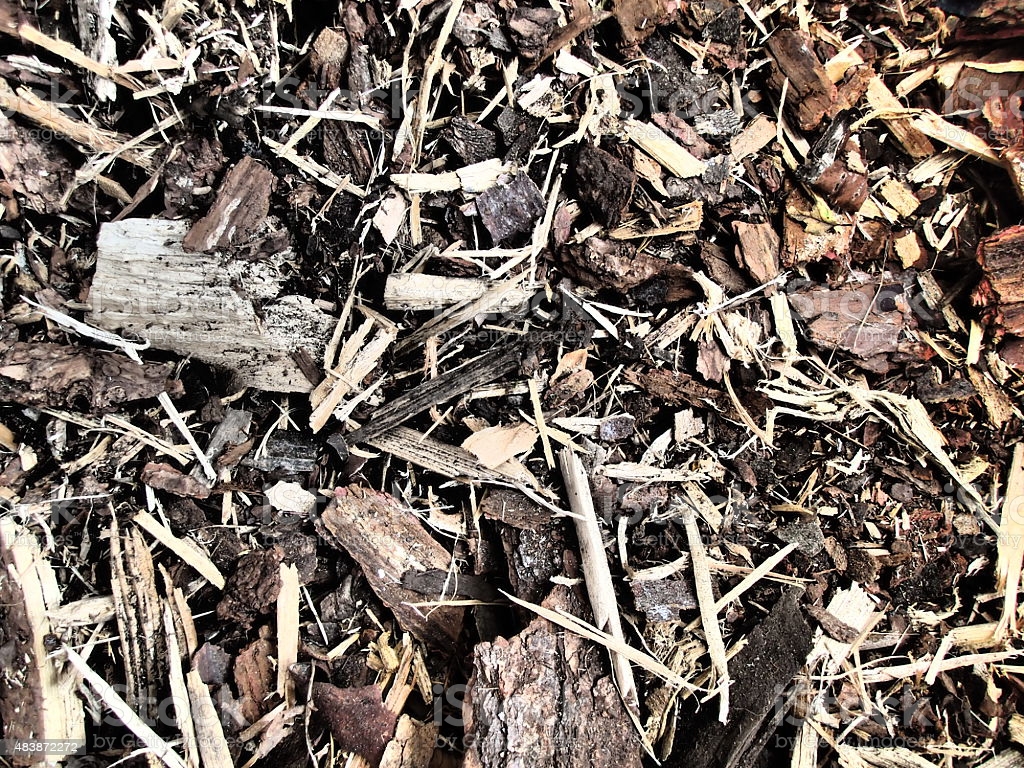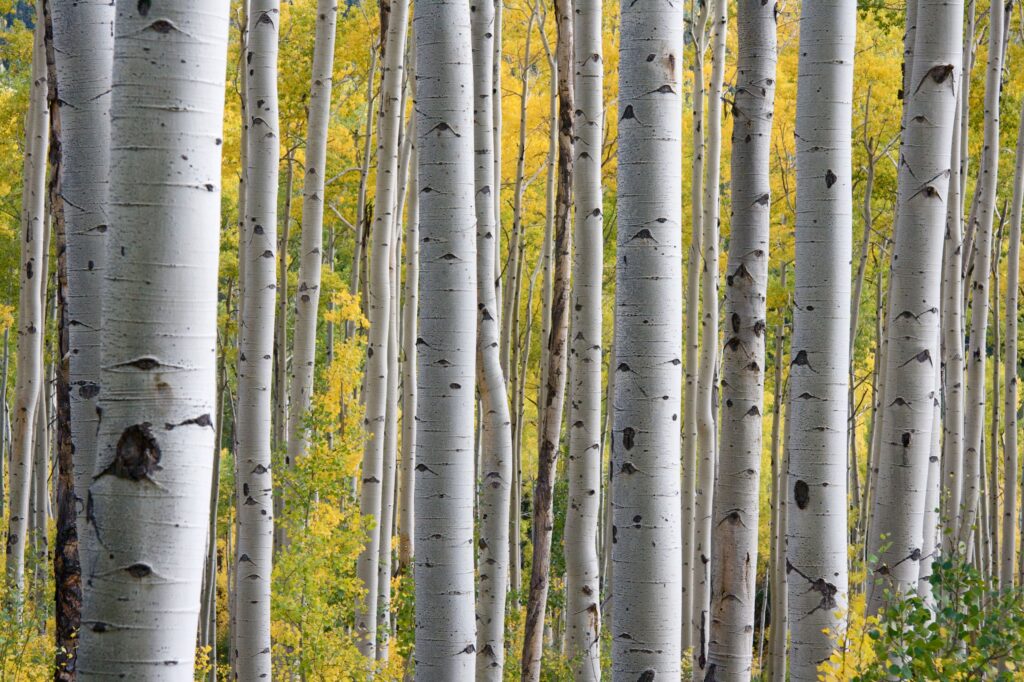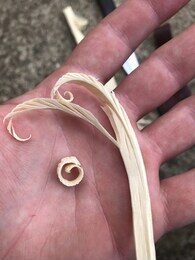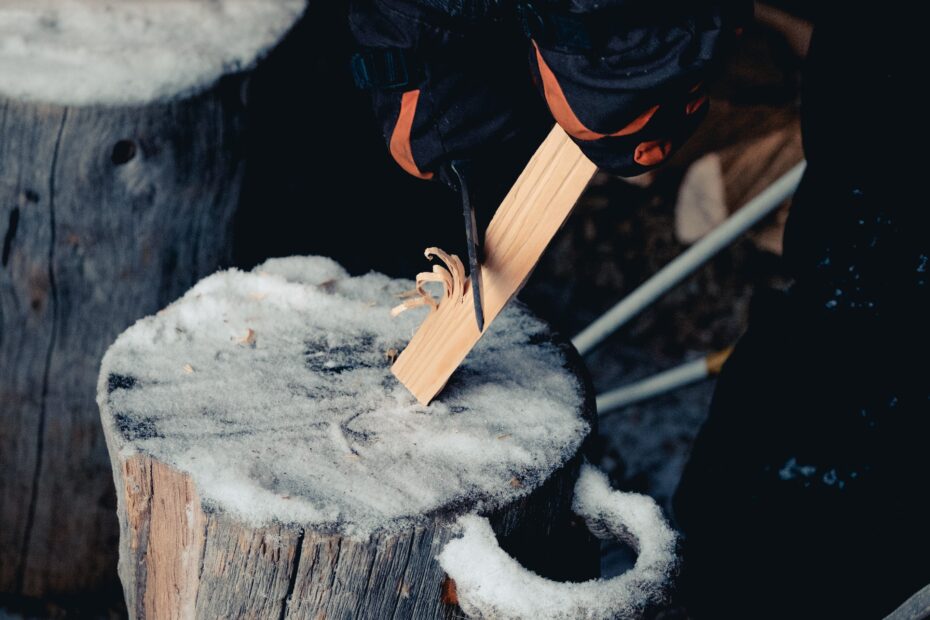Table of Contents
As I’m sure you already know, it takes practice. The survival abilities, that you do not need to use too much, many people believe that it is enough to know just the theory. The fact of the matter is this is one of the most critical skills to stay on top of. The ability to generate fire at will in a survival situation can not be overstressed.
The firesteel or sparking tool produces a hot, durable flame when the knife’s back is pressed down. The spark ignites the material below, and you have a blaze. Of course, this assertion is completely valid, but as in most things, there’s more to it. The following is a simple guide to what can be a very frustrating learning ability.
Next, the angle the knife back creates with the sparking tool should be about 30 degrees from the sparking tool axis. The location of the sparking tool on the back of the blade is critical and should be as close to the knife’s grip as possible to provide good control over the duration of the blade ‘s travel along the sparking tool’s length.
The contact pressure between the knife and the sparking tool should be heavy, but the sparking tool speed should not be too fast or you will lose control of where the spark will land. Practice this until you become reliable, generating regulated, good-quality sparks every time in the right place.
Tinder

Generally, the best materials to use throughout the year are silver birch bark and feathersticks made from dead standing timber. As your experience grows there are many other materials to use depending on where you are, what time of year it is and of course the conditions.
Silver Birch Bark

This is easily collected by peeling the loose curls away from the trunk; two large handfuls should do nicely.
Feathersticks

These are made from a piece of standing deadwood (wood that is dead but not lying on the floor) about an inch in diameter and 15 inches long. Take your knife and gently shave each curl down the stick to about an inch from the bottom. The curls should remain attached to the stick. When you have about 30 tight curls at the bottom of your stick it is complete; two or three feathersticks will be enough to start your fire. Remember to keep the hand holding the featherstick well behind the blade at all times.
If you are having problems producing your feathersticks the most likely cause is that your knife is not sharp enough. If you cannot shave the hairs from the back of your hand with a single stroke you will struggle to produce a good featherstick. Always keep your knife sharp; you are more likely to cut yourself with a blunt knife than a sharp one due to the amount of extra pressure you will need to apply, reducing the amount of positional control over the knife.
Producing the Flame
Place your tinder on a cleared, solid base and then rest the end of the sparking tool on the tinder. Position the back of the knife at the top of the sparking tool and with a firm, controlled action produce a good quality spark onto the tinder. The tinder should now have a small flame that you will need to nurture in order to take the kindling and ultimately the fuel.
You’ll find that the silver birch bark can take a spark very well, but if you can’t find a silver birch tree you can use your feathersticks directly; your feathersticks will need to be of excellent quality and your technique very good to use this form. Once the flame is high, hold over the flame until it catches. The key fuel can now be added, first smallest bits.
Safety
It’s always prudent to note you’re likely to be in thick mixed woodland and there’s always a chance of burning. Take five liters of water with you to pour over the hot embers, and always make sure you treat the embers to make sure they are cool before cleaning the place, leaving it as you found it. In certain parts of the world, lighting fires is not permitted, so please review local laws beforehand.a
